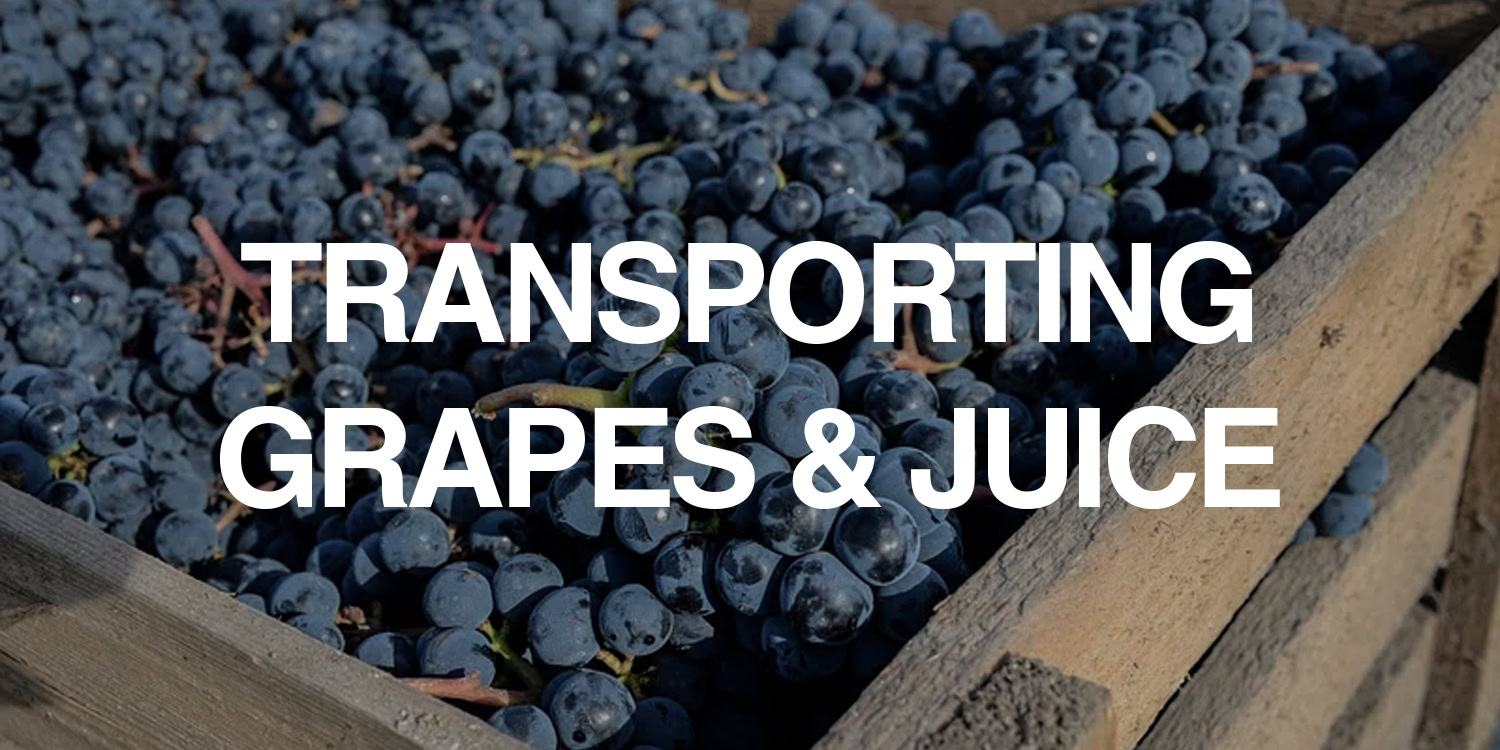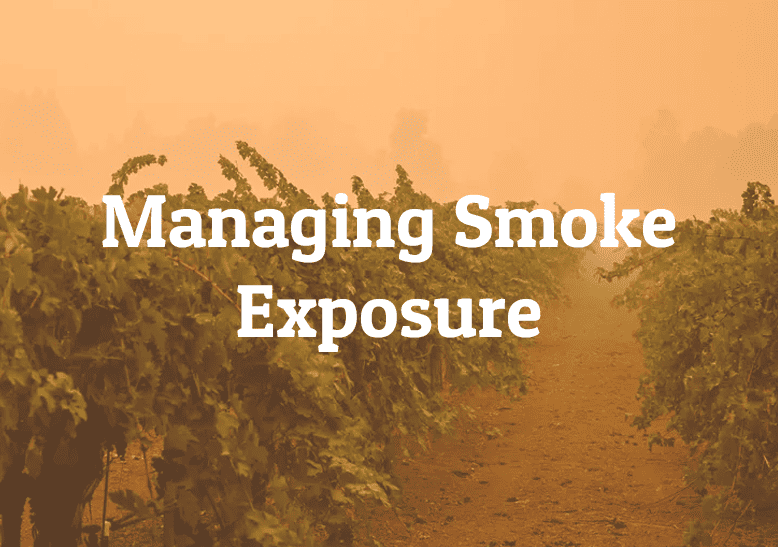- Malolact can work only with very low quantities of SO2. 50 ppm of molecular SO2 is considered the
limit that Malolact bacteria can stand. - Low pH’s are difficult environments for all malolactic bacteria. Malolact can stand pH’s of 3.1. If the pH is
lower it is possible to use products like Deacid (page 98) in order to diminish the acidity. - ML bacteria do not have significative activity below 10 degrees Celsius (50 °F), are very slow between
10-15 °C (50-60 °F), and have their ideal conditions at 18°C (65 °F). Once the bacteria start, they can continue
working even below 10 degrees Celsius (50 °F), producing very little VA, but at a very slow rate. - Wine’s red-ox potential, which during ML often is reduced to 300 mV or lower, can be an obstacle for a
regular malolactic fermentation. In fact Oenococcus species have major issues in reductive environments.
Racking and a brief oxygenation will often be a good cure for sluggish ML fermentations. - Bacteria cannot use inorganic nitrogen (NH4 from DAP), but only protein and amino acidic based.
Checklist for Stuck ML – AEB®
AEB®




